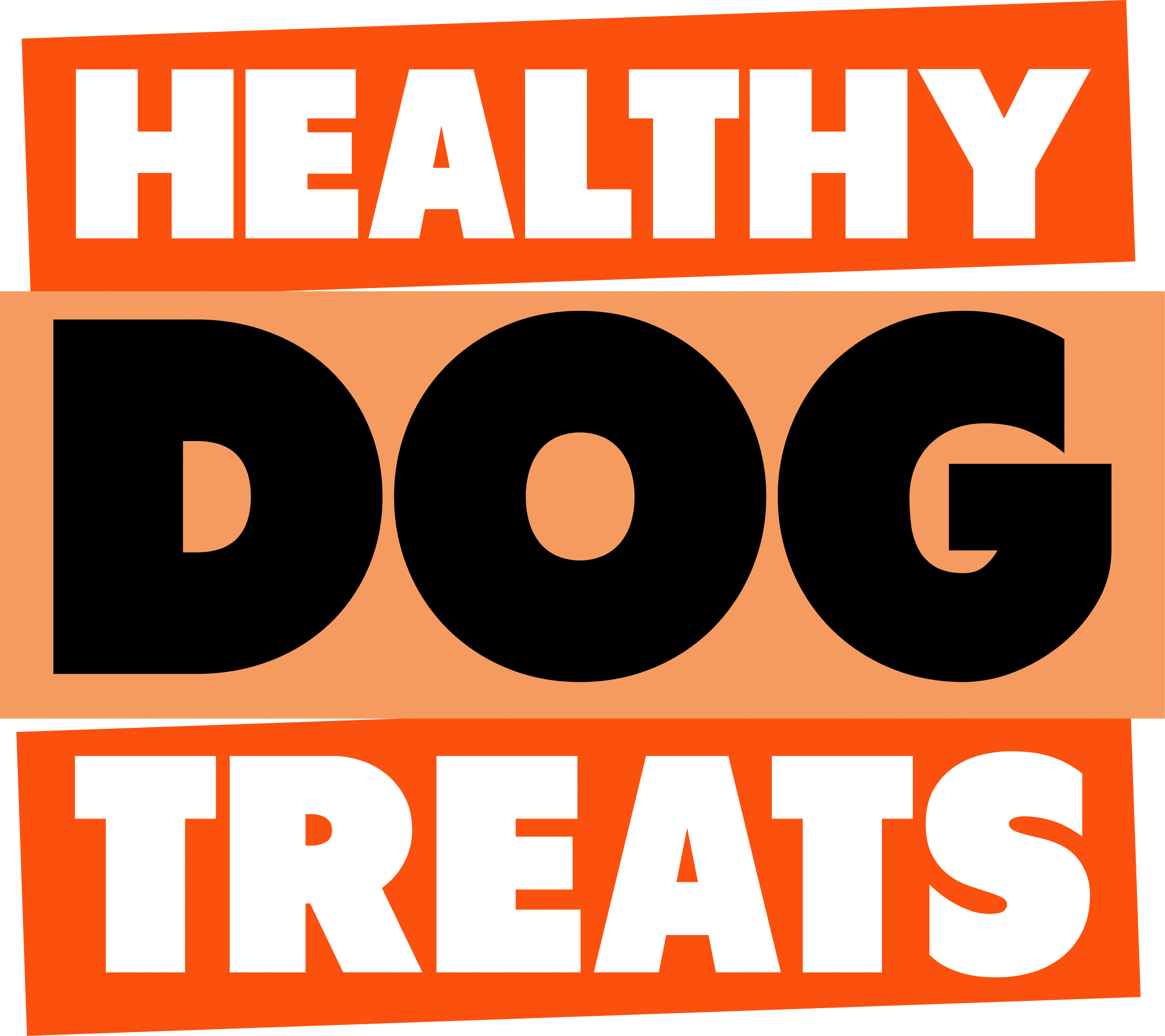The Raccoon dog, Australian Dogs & dog food/ dog treats … what’s the connection?

Recently in March 2023, there were reports that the Raccoon dog sold in some Chinese WET markets might be the cause of the 2019 onward covid 19 global pandemic.
While questions have been raised about the health and safety of Chinese live and/or dead meat markets … I have been wondering what the raccoon dog actually is.
The raccoon dog (Nyctereutes procyonoides) is also called the Chinese raccoon dog, there are different variations of the raccoon dog in many European countries and even Japan and Korea, but the common raccoon dog, is a canid that is found in mainland East Asia and northern Vietnam.
Its closes biological relative is the common fox, but it was named a raccoon because of its similar size and face markings to the common raccoon, no DNA or main ancestral connection.
IT has a stocky body and short legs, with tail length up to 25 cm and body length u to 50 cm with weight between 6 and 10 Kg. Lifespan is between 7 and 10 years. It looks quite cute.
Raccoon dog and Domestic dog tangential connection
The raccoon dog species belongs to the family Canidae and the order Carnivora. Which is the same as our domestic dog in Australia. However, it is a much stronger omnivore than our domestic dogs’ lineage, as it prefers a diet of mostly fruits, nuts and berries. At a pinch, it will also eat insects, rodents, small birds, fish, reptiles, as well as carrion.
They are slow small animals with poor eyesight, but excellent sense of smell (like our domestic dogs). But its poor defence abilities and eyesight make them easy prey for animals and human hunters alike.
IS the raccoon dog an endangered species?
It is NOT an endangered species (on the IUCN Red List) – BUT this species is regularly and prolifically hunted – mostly for its fur in clothing.
NOTE the killings are mostly commercial in nature, and could be substituted for non-animal fabrics.
Should raccoon dogs be protected?
This is a contentious discussion.
In China they are hunted for their fur and food – again mostly for commercial means, None of this is really done to control the raccoon species population, or to protect farms. It seems to be mostly about money.
That said, some texts see this otherwise. While they are native to China, “due to the fur trade, this species has been widely introduced in Europe, where it has been treated as a potentially hazardous invasive species.” Ref 1
In Australia our laws are fairly straight forward which animals are protected. Most introduced species are NOT protected, and humane trapping and hunting under license is permitted if not encouraged. A prime example is foxes and rabbits, that have created a great deal of damage to the environment and farms in the past and are still prone to eradication programs.
Native species tend not to be allowed to be hunted, unless they reach unsustainable populations. This is in fact why the kangaroo (particularly in QLD) has a quota system that allows a cull of up to 1 million per year (out of a total population of over 30 million).
This is to reduce the damaged to farming, and keep the roo population healthy, when they over populate (because of unseasonably good rains and grass growth) – or their access to more food stock because of human farming.
This quota is tightly controlled using licensed shooters and a tag system, and the system is re-assessed (for quota numbers) every year. Almost every other native animal is protected or subject to extra protection and breeding programs if they are deemed to become endangered.
Most people find it unpalatable that our sentient domestic dogs are often farmed and eaten in China. Domestic dogs were domesticized by humans up to 20 thousand years ago, and we continued their behavior and shape evolution specific for assisting us. WE owe them this ongoing protection within our Country.
This is where the raccoon dog controversy lies.
In Australia it would be akin to us hunting possums or other native animals, and selling their pelts or for them for food at butchers, and ‘wet’ markets. We are talking about animals that are not endangered, but are also seemingly not causing major problems to the environment, or over populating. It appears that it is killing for convenience and profit.
For many decades it has been Australia’s policy to mostly eat domesticated farm animals, (under stringent health guidelines) or to cull introduced species in the most humane way possible.
We even spend millions on relocated animals such as fruit bats from one suburb of our metro areas to a better suburb that ensures both animal and human are happier. It is unlikely that trapping and killing, or even monitoring of the practices by authorities of racoon dogs in China, are done under stringent or humane conditions. This should be as much the concern for people, as its potential link to causing covid 19, or any future pandemics.
Why we advocate meat for domestic dogs in Australia
We have written a vast array of articles based on science articles over the last ten years of our company’s existence. Many of them look at the carnivore nature of the domestic dog’s ancestor, the grey wolf, and the domestic dogs digestive system that remains mostly untouched from the wolves carnivore system. It is evolved to better process animals for their food.
As humans forced domestic dogs to evolve (from wolves), and work for us, the least we can do I provide them with love, exercise, and the food (meat based) they evolved to eat. A small compensation for the work we expect them to do, and the extremely limited freedoms most domestic dogs have (ie very limited off lead dog parks).
The controversy about raccoon dogs is whether we have the right to meddle in another country’s views of their ‘native’ animals. If we can’t legislate that dog food companies in Australia should provide at least 60% good quality meat products in their dog food (about twice what many currently provide) – what chance do we stand at telling another country what is good for their native or pet animal laws? Again, telling our largest trade partner about their animal infringements let along human infractions, is clearly what our leaders are not willing to do.
Australia has come a long way in recent decades of protecting native animals, but we still have a shameful past of hunting many native species to near extinction (as did many other countries such as America and their buffalo and wolves – (which have recently been reintroduced to native parks).
Australia is in fact considering bringing back the extinct Tasmanian tiger, but as an Alpha predator, the reintroduction of that animal might require considerable careful management.
For the raccoon dog, it still is hunted for “Pelts are used for necklets, collars, and fur coats. Small raccoon dog pelts with silky fur command higher prices than large, coarse-furred ones. Due to their long and coarse guard hairs and their woolly fur fibre, which has a tendency to felt or mat, raccoon dog pelts are used almost exclusively for fur trimmings.” Ref 1
I think that the objectionable part of the whole raccoon dog story is that the killing and captive breeding is not about their survival or happiness in most countries. It seems that they do not cull the raccoon dog to keep their population healthy, just to make money. And we suspect that their trapping methods might not be the most humane around. They are often sold LIVE at wet markets, which also present health issues, and would clearly stress the animals.
Even in one of the most civilised and technological countries on the planet (JAPAN)- they have a few exceptions to how they interact with animals. They love their domestic dogs, but their government allows commercial hunting of whales. “In Japan, people eat raccoon dogs as well as use their fur for bristles for calligraphy brushes. The bones have also been used medicinally and as an aphrodisiac. The natives also employed raccoon dog skin to make bellows, to decorate their drums, and for winter headgear. These animals are also bred in captivity for their fur. For example, twenty percent of domestically produced fur in Russia is from the raccoon dog.” Ref 1
The ‘saving grace’ here is that the raccoon dog is an introduced species in Japan. Some sites say that hunting them saves the environment. Because raccoon dogs cause “harm to the ecosystem and human lifestyles”. They raccoon dogs do affect bird populations, particularly in flood lands and the shorelines of estuaries, where they feed almost exclusively on eggs and chicks during the spring period. They are also harmful to the muskrat trade.” Ref 1
“It can be considered a pest for these reasons, and can also transmit disease to pets and even humans. They are sometimes poisoned or shot if they enter these environments. They can be killed while trying to cross roads in busy areas as well.“ ref1
CONCLUSION
Which animals are farmed and which animals are hunted in the wild is different in every country. Laws and rules change over time.
But regardless of whether humans decide to go vegan or vegetarian – we strongly urge that people continue to recognize species appropriate foods, and continue to feed dogs mostly animal based diets. These are bio available and dogs thrive on it, which gives them protection against diseases and maximum health. We never consider compromising an domestic dogs health based on human moral decisions over their own diet, is are good idea – human are strongly omnivore, dogs not.
Reference
1 Raccoon Dog https://animalcorner.org/animals/raccoon-dog


